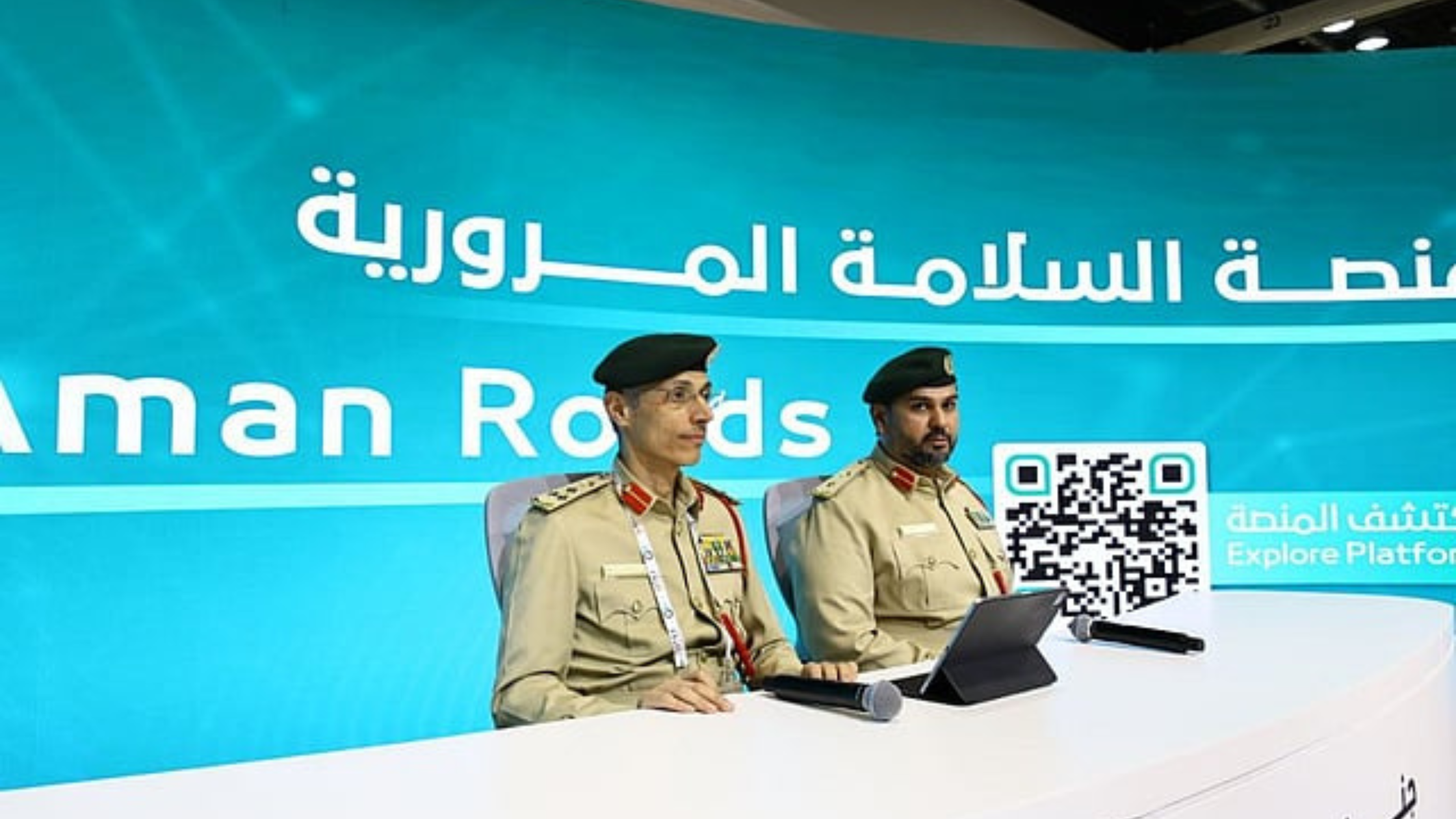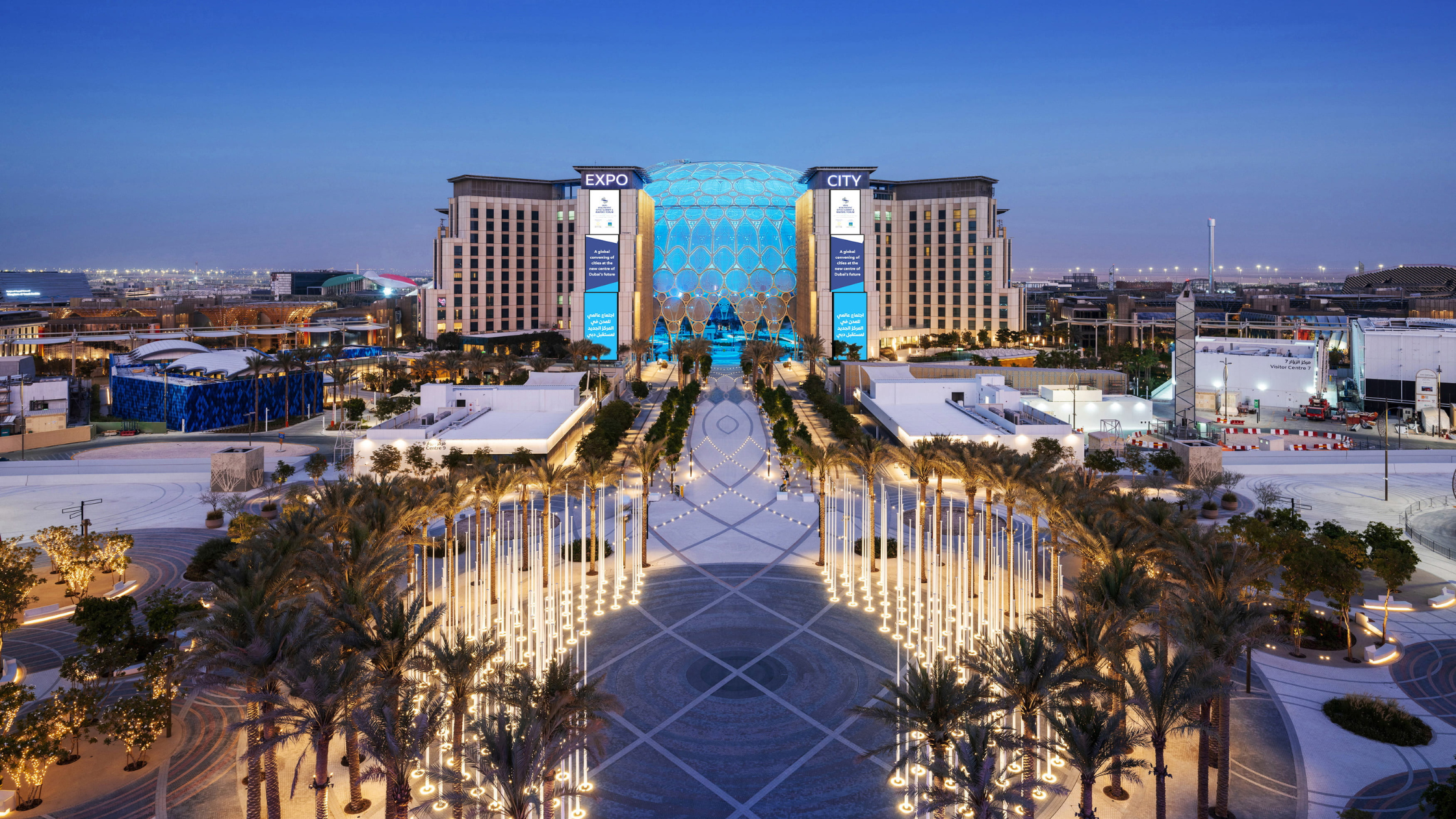Faya Palaeolandscape Named UNESCO World Heritage Site in 2025

In a landmark achievement for Sharjah and the UAE, the Faya Palaeolandscape was inscribed on the UNESCO World Heritage List in 2025, marking it as the UAE’s second UNESCO site after Al Ain’s Cultural Sites in 2011. As the only Arab nomination at the 47th UNESCO World Heritage Committee session in Paris, this milestone highlights
Sharjah’s dedication to preserving human heritage. Celebrated under the patronage of Sheikha Bodour bint Sultan Al Qasimi at a gala dinner at The Peninsula Paris Hotel on July 13, 2025, the inscription underscores Faya’s global significance in understanding early human history.
A Defining Moment for Sharjah and the UAE
The Faya Palaeolandscape’s inclusion on the UNESCO World Heritage List elevates Sharjah’s status as a global leader in cultural preservation. Located in Sharjah’s central region, Faya offers a 210,000-year record of human settlement, challenging the notion that the Arabian Peninsula was merely a migratory pathway. Its inscription as a desert Paleolithic site—the first of its kind on the UNESCO list—positions the UAE alongside iconic heritage sites like Petra and the Great Wall of China. The achievement, celebrated with international dignitaries and archaeologists in Paris, reflects Sharjah’s commitment to safeguarding humanity’s shared history. Sheikha Bodour’s Leadership Role
Sheikha Bodour bint Sultan Al Qasimi, the ambassador for Faya’s UNESCO nomination, was instrumental in securing this recognition. Her strategic coordination with local and federal agencies, including the Sharjah Archaeology Authority (SAA), ensured a robust nomination dossier. During the gala dinner, she emphasized, “This inscription is a collective achievement, reflecting Sharjah’s resolve to preserve and share Faya’s story with the world.” Her leadership continues to drive efforts to enhance Faya’s conservation and promote its global significance.
Why Faya Palaeolandscape Matters
The Faya Palaeolandscape is a fossil desert landscape in Sharjah, revealing 18 archaeological layers that span over 210,000 years. Key findings include:
- 80,000-year-old stone tools crafted using the bidirectional reduction technique, showcasing early human ingenuity.
- Evidence of repeated human settlement during favorable climatic periods, redefining the Arabian Peninsula’s role in human evolution.
- Insights into human resilience in one of the world’s harshest environments.
These discoveries, led by the SAA and international partners like the University of Tübingen, establish Faya as a critical site for palaeoanthropological research, offering a unique window into humanity’s past. Collaborative Efforts Driving Success
The UNESCO inscription is the result of over three decades of archaeological work and
12 years of nomination preparation. The Sharjah Archaeology Authority, guided by His Highness Sheikh Dr. Sultan bin Mohammed Al Qasimi, Supreme Council Member and Ruler of Sharjah, collaborated with global institutions such as Oxford Brookes University and the Senckenberg Research Institute. Eisa Yousif, SAA DirectorGeneral, noted, “This milestone honors rigorous science and partnerships that elevated Faya’s global significance.” The site’s inclusion in UNESCO’s HEADS Programme for 11 years aligns it with renowned sites like Blombos Cave in South Africa, reinforcing its universal value.
Conservation and Management Plan
To protect Faya’s Outstanding Universal Value (OUV), Sharjah has implemented a 2024–2030 management plan aligned with UNESCO standards. Key components include:
- Site Preservation: Safeguarding Jebel Faya’s limestone ridges and archaeological layers from environmental and human impact.
- Research Support: Facilitating ongoing studies with global universities to deepen understanding of early human history.
- Visitor Infrastructure: Developing guided tours, exhibits, and educational programs to enhance accessibility.
This plan ensures Faya remains a sustainable cultural destination while advancing scientific discovery.
Impact on the UAE and Middle East
The UNESCO designation of Faya Palaeolandscape has profound implications:
- Cultural Leadership: Strengthens Sharjah’s position as a hub for heritage preservation in the Middle East.
- Tourism Growth: Expected to increase cultural tourism to Sharjah, boosting local economies and global interest.
- Scientific Advancement: Encourages further archaeological research, attracting scholars to the UAE.
- Regional Pride: As the only Arab site inscribed in 2025, Faya fosters unity and pride across the Middle East.
This milestone aligns with the UAE’s Vision 2030, promoting cultural heritage as a driver of economic and social progress.
Experiencing Faya Palaeolandscape
Faya Palaeolandscape, located near Jebel Faya in Sharjah, offers visitors a chance to explore humanity’s origins through immersive experiences. The Buhais Geology Park, part of the Faya landscape, houses interactive exhibits showcasing stone tools and fossils. Visitors can engage through:
- Guided Tours: Expert-led explorations of Jebel Faya’s archaeological sites, bookable via the SAA website (www.saa.shj.ae).
- Educational Workshops: Programs on human evolution and prehistoric life for students and enthusiasts.
- Heritage Festivals: Events like the Sharjah International Book Fair and Sharjah Heritage Days, highlighting Faya’s
- Research Opportunities: Collaboration with the SAA for scholars studying palaeoanthropology or environmental science.
Visitor Information:
- Location: Faya, Sharjah, UAE (central region, near Mleiha)
- Accessibility: 30 minutes from Sharjah, 1 hour from Dubai via bus or taxi
- Tickets: Available online at saa.shj.ae or on-site
- Hours: 9 AM–5 PM, with extended summer hours (verify on SAA website)
Boosting Cultural Tourism in Sharjah
The UNESCO inscription is set to transform Sharjah into a premier cultural tourism destination. With attractions like the Mleiha Archaeological Centre and Sharjah Museum of Islamic Civilization, Faya complements the emirate’s rich heritage offerings. The SAA plans to enhance visitor facilities, including digital tours and augmented reality exhibits, to make Faya accessible to global audiences. This aligns with Sharjah’s goal to attract 10 million visitors annually by 2030, reinforcing its status as the UAE’s cultural capital.
Challenges and Opportunities
Preserving Faya Palaeolandscape presents challenges, such as protecting its fragile archaeological layers from climate change and urban development. However, these challenges offer opportunities to innovate. Sharjah’s investment in sustainable conservation and digital preservation technologies ensures Faya’s legacy endures. Partnerships with global institutions also open doors for research grants and international collaboration, positioning the UAE as a leader in palaeoanthropology.
The Faya Palaeolandscape’s inscription on the UNESCO World Heritage List in 2025 is a testament to Sharjah’s dedication to preserving human heritage. Under Sheikha Bodour’s leadership, Faya redefines the Arabian Peninsula’s role in human evolution, inviting tourists, researchers, and students to explore its 210,000-year story. With a robust conservation plan and a focus on sustainable tourism, Faya strengthens
Sharjah’s position as a cultural hub in the UAE and Middle East. Visit Faya
Palaeolandscape to discover humanity’s ancient roots and celebrate Sharjah’s global legacy.







